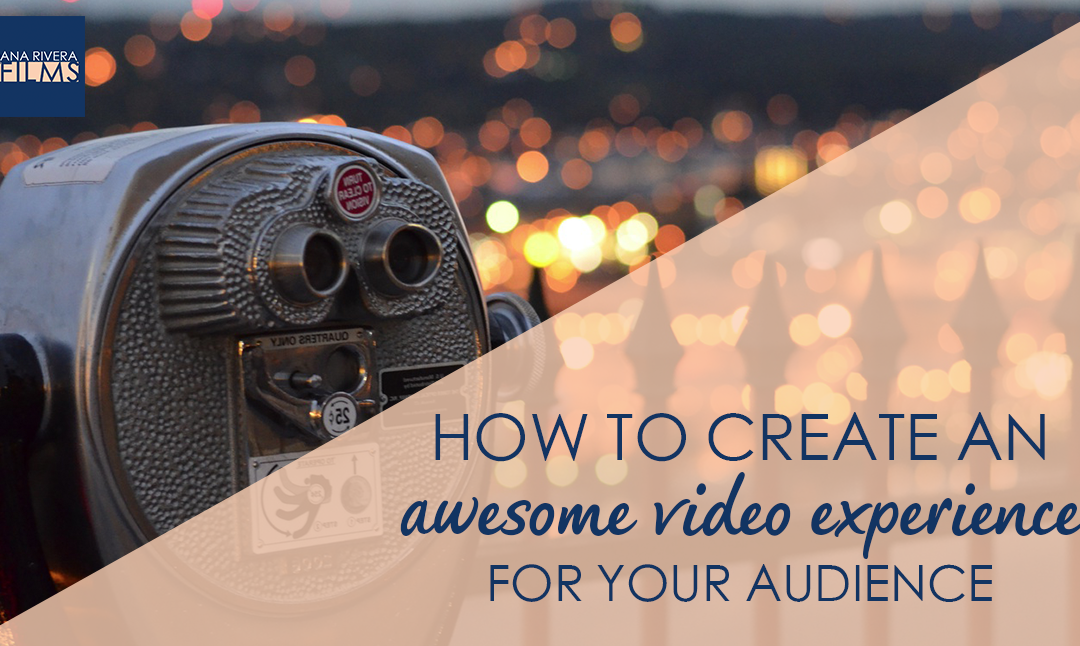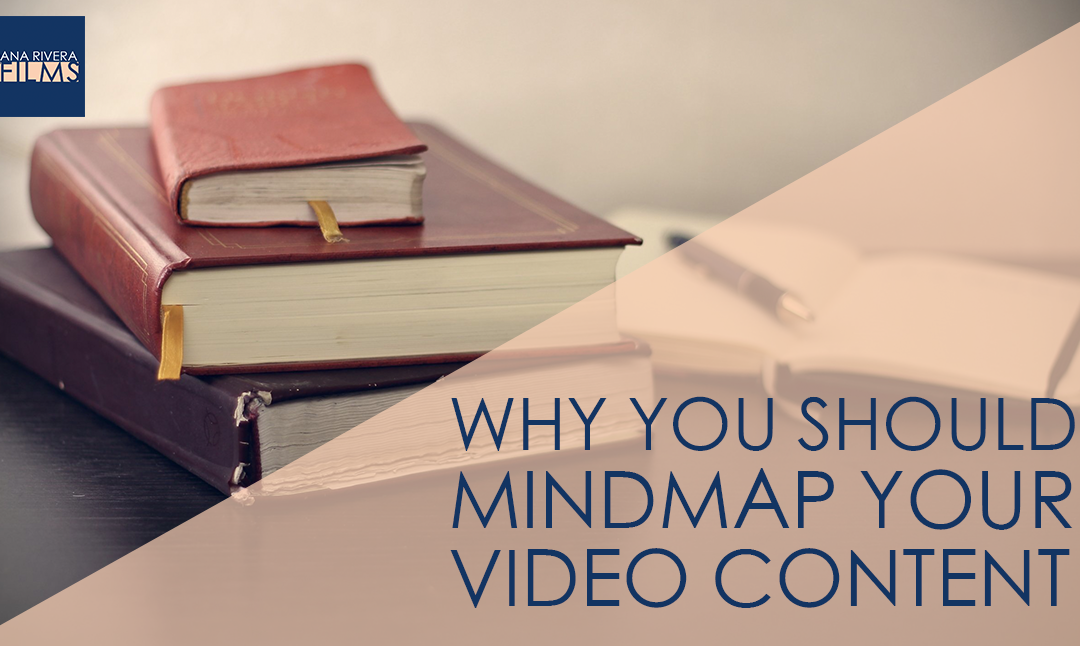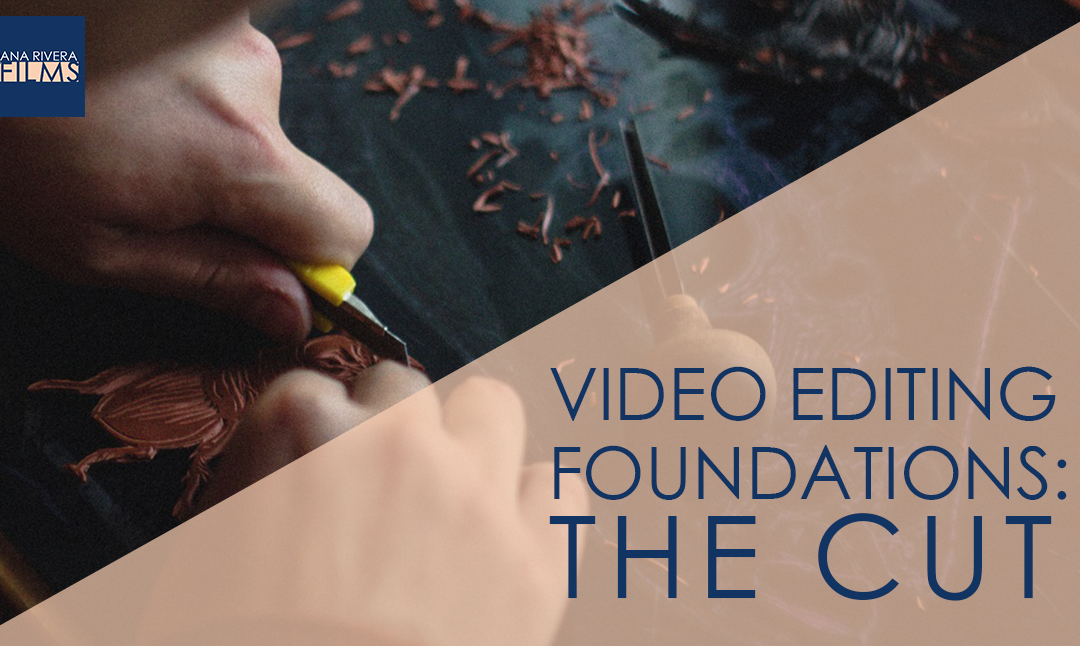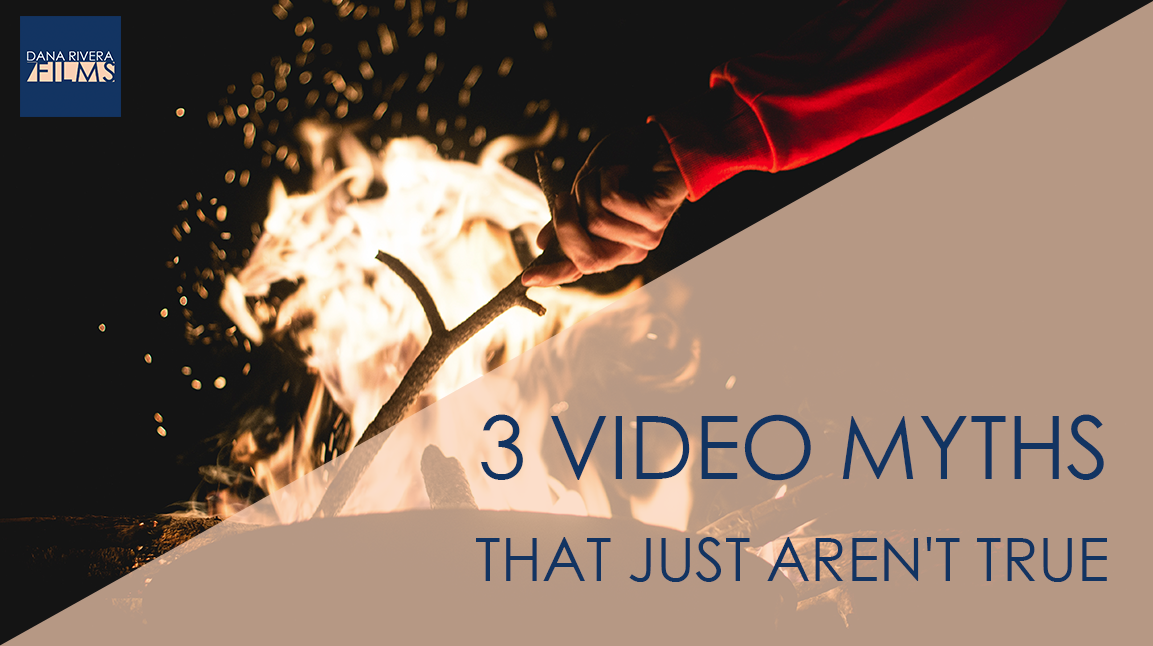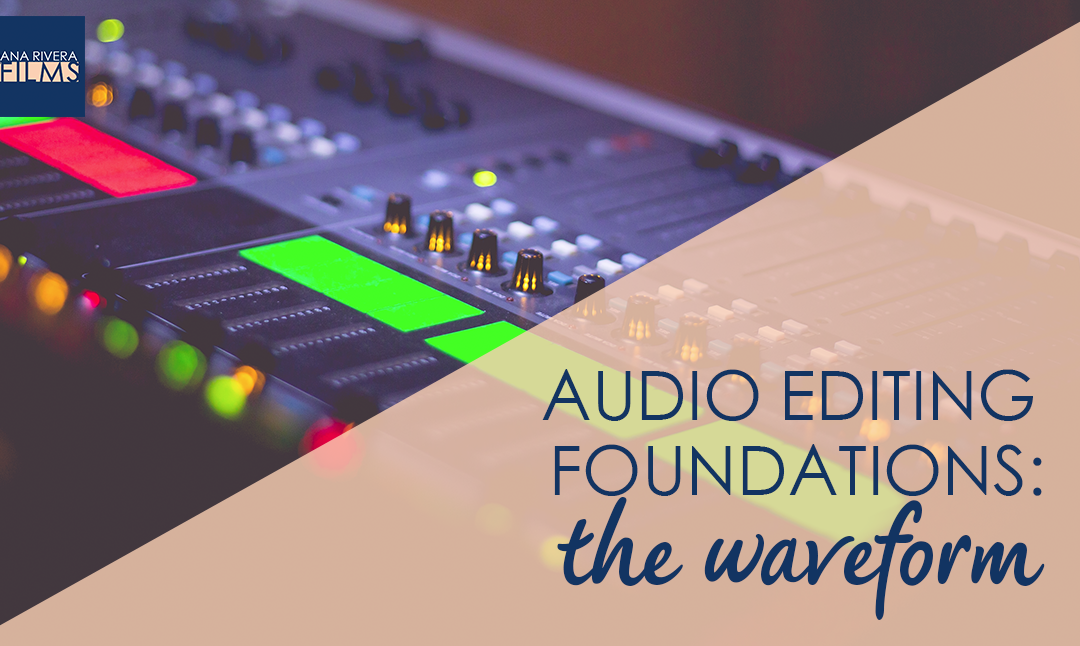
Audio Editing Foundations: The Waveform
Hi Storytellers! Happy Filmmaking Thursday!
I know what you’re thinking. What are waveforms?
Well, waveforms are those funky looking lines that represent your audio. The height of the lines indicate the volume of the audio at that point. The lines oscillate between tall and short, depending upon the volume of your audio. When the lines are tall that means that at that point the level of the audio is louder than at the point where the lines are shorter. Moments where you don’t see any lines means that there is no audio or the audio is really low.
Waveforms are super useful when editing because you can quickly find spots where you were thinking and not speaking, and cut them out without even having to watch the clip.
Or let’s say you use this awesome strategy from DIY Video Guy https://www.youtube.com/watch?v=NHzr9T_MWe8, where you clap 5 times to mark your good takes and snap 3 times to mark your bad takes. With this strategy, you can just go into the waveform and make some quick cuts.
I use these audio cues from the waveform all the time to edit. You can also use waveforms to see if your video is too quiet or too loud, and then adjust it.
Now go on and spend some time with waveforms. They will be your best friend when trying to edit videos quickly.
If you liked this post, don’t forget to subscribe and share it with your friends. If you want more, come on over and join the Storyteller Circle, my private Facebook group filled with wonderful entrepreneurs like you that are looking for more support in crafting their video stories and an inspirational community. I adore the people in this group so I post some of my best stuff there. When you join you’ll instantly get a bonus gift “How to Reach, Grow & Teach Your Online Community With Video”. Just click the button below. And remember Tell Your Story. Inspire Action. Make a Change. Thanks for watching and I’ll see you next time!
If you liked this post please comment and share. I’d love to hear from you.
Want to use video to grow your biz AND be of service like crazy?
Get your guide to pick and choose the types of video you’d love to create, get your tools, and start creating!

